Have you ever tried a truly bizarre dish? For me, it was a plate of deep-fried ants, experienced during the celebration of Songkran in Chiang Mai, Thailand. It was an extremely hot day and after hours of participating in the city-wide water fight, we sought refuge in a restaurant for sustenance.
To my surprise, the ants were presented as an appetizer and I washed them down with refreshing Chang beer. At the time, I was so famished that I didn’t hesitate to pop these golden, crunchy insects into my mouth. However, in retrospect, it was a truly strange experience.
Despite its unorthodox nature, it is believed that insects could soon become a staple food in Western diets. So, why not embrace the unusual and try some of the weirdest foods that the world has to offer?
1. Century Eggs

Century eggs also referred to as hundred-year eggs or thousand-year eggs, are a unique and prized delicacy in Chinese cuisine. Despite the name, the eggs are not actually a hundred or thousand years old, but they are produced through a preservation process that involves immersing duck, chicken, or quail eggs in a mixture of clay, ash, and salt for several months. As a result of this process, the yolk of the egg transforms into a dark green or grey color and acquires a distinct sulfurous odor.
While some may shy away from the idea of eating “rotten” eggs, century eggs have a dedicated following and are considered a delicacy by many. They are often served sliced and sprinkled with soy sauce, ginger, and scallions, and are considered a staple in many Chinese households. Their flavor is rich and savory, with a creamy texture and an almost nutty taste.
Moreover, if you’re looking to expand your culinary horizons and try some of the weirdest foods the world has to offer, century eggs are definitely worth a try. Despite their unusual appearance and potent smell, they are a truly unique and delicious dish that has been enjoyed for centuries
Read More: 10 Foods That Boost Our Immune System
2. Balut
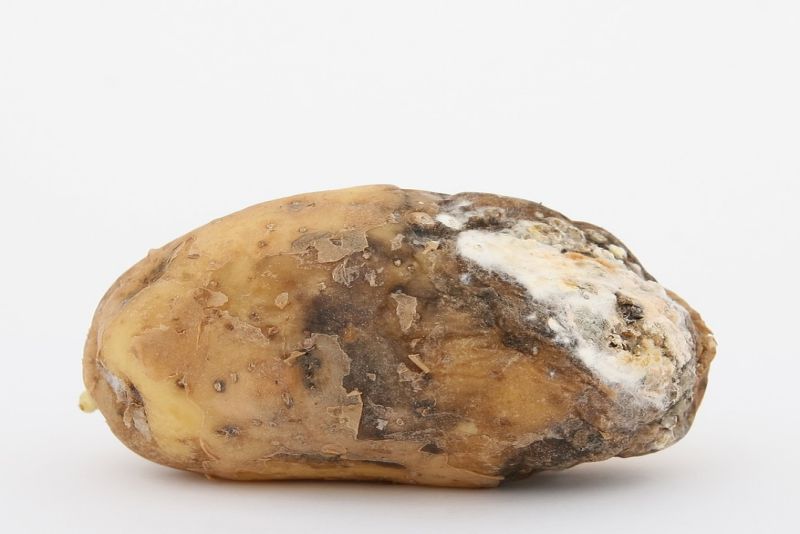
Balut is a dish consisting of a duck embryo that is typically two to three weeks old. This unique food is a delicacy in several countries, including Laos, Cambodia, and the Philippines. In some parts of the Philippines, street vendors even serve balut raw.
The process of making balut involves boiling the duck embryo in its shell, and it is then consumed as a whole. When eating balut, one can taste the crunchy texture of the tiny beak and feet, though thankfully, no feathers are involved. Despite its popularity as a delicacy, the thought of consuming balut may be off-putting for some, and it is not for the faint of heart.
However, for those who are adventurous and daring enough to try something new and truly unusual, balut is a fascinating and authentic cultural experience. It is often considered a delicacy due to its unique and rich flavor and is a staple in the street food culture of several Southeast Asian countries.
So if you’re a fan of exotic and unique foods, and are looking to broaden your taste buds and experience something truly unusual, balut is definitely worth trying. Despite its somewhat intimidating appearance, it is a dish that has been enjoyed by many for generations and is considered a culinary staple in some of the world’s weirdest foods.
3. Durian
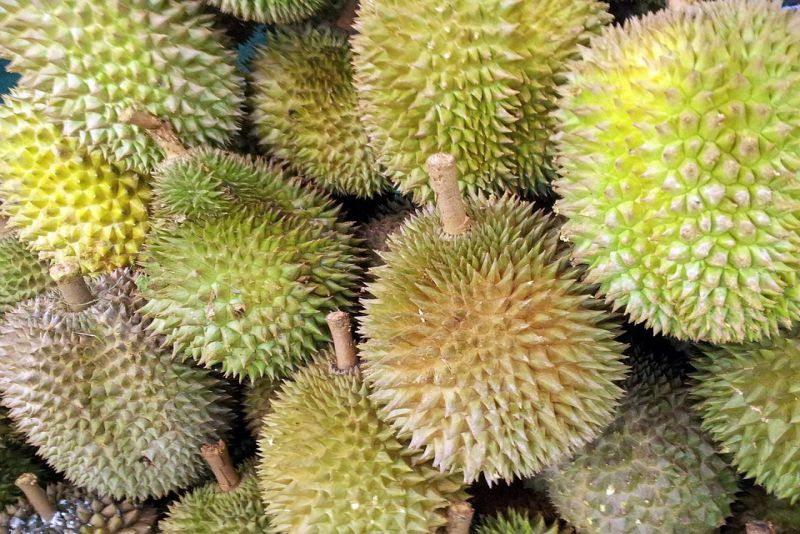
Durian, a fruit commonly found throughout Southeast Asia, is a prime example of a food that elicits strong reactions from those who encounter it. Some people, particularly locals, find the fruit to be delicious, while others are repelled by its overpowering odor, which is often described as smelling like raw sewage. Due to the pungent odor of durian, in some places, it is banned from public transportation and hotels.
Despite its divisive aroma, durian is said to have a range of health benefits, including being a good source of vitamins and minerals and having anti-inflammatory properties. However, experts caution that consuming durian in combination with alcohol, particularly beer, can lead to severe bloating and discomfort.
If you’re feeling adventurous and are curious about the world’s weirdest foods, durian is definitely worth trying. Despite its challenging odor, its sweet, creamy flesh is considered a delicacy in many Southeast Asian countries. Just be sure to consume it in moderation, and avoid pairing it with beer or any other alcoholic beverages.
4. Carnivore Feast

The Carnivore Restaurant in Kenya is a landmark eatery that is renowned throughout Africa. The restaurant is famous for its “Beast of a Feast,” a meal that features a wide range of exotic meats, including ostrich, giraffe, and even crocodile. The restaurant’s menu is a meat lover’s dream come true, and diners are treated to a unique dining experience that is both flavorful and unforgettable.
As you approach the Carnivore Restaurant, the smell of slow-cooked meats wafts from the barbecue pits, teasing your senses with the promise of a hearty meal. Once inside, you are greeted by a menu that features a selection of the finest and most unique meats available in Kenya. The restaurant’s signature dish, the “Beast of a Feast,” showcases the rich and diverse cuisine of Kenya, and it is a true feast for the senses.
Whether you’re a local or a visitor to Kenya, dining at the Carnivore Restaurant is a must-do experience. With its exotic meats, delicious flavors, and unforgettable atmosphere, this eatery is a true representation of Kenya’s vibrant food culture. So, if you’re looking for an unforgettable dining experience, and want to sample some of the world’s weirdest foods, head to the Carnivore Restaurant and treat yourself to a “Beast of a Feast.
5. Fugu
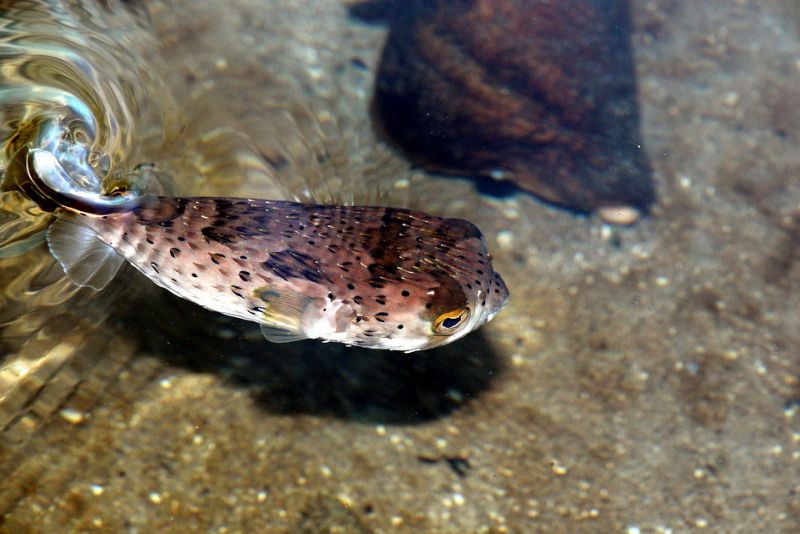
Fugu, also known as pufferfish, is a highly coveted delicacy that is widely consumed in Japan, but it is not for the faint of heart. This fish contains a potent toxin that makes it highly dangerous if not prepared properly, making it one of the weirdest foods in the world.
To ensure safety, only certified chefs who have undergone rigorous training and certification are allowed to prepare Fugu. Despite these precautions, every year, there are still cases of individuals who fall ill or even die after consuming Fugu.
The flesh of the fish is said to be delicate and succulent, with a subtle flavor that is perfectly complemented by the various sauces and seasonings used in its preparation.
Overall, Fugu is a unique and exciting culinary experience that appeals to the adventurous food lover. But, it is important to be aware of the risks and to only consume Fugu at reputable restaurants that follow strict safety protocols. So, if you are looking for a truly unforgettable and potentially dangerous dining experience, look no further than Fugu.
6. Sannakji
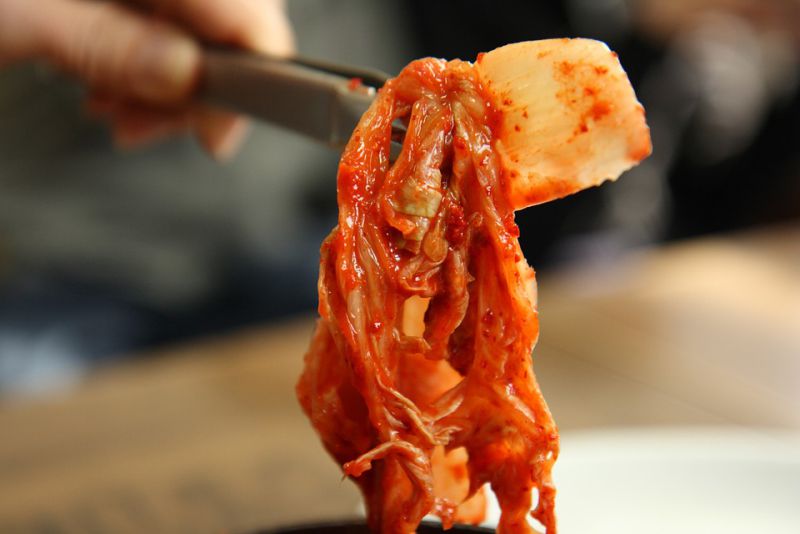
Sannakji, a popular Korean dish, is considered one of the weirdest foods due to its unique preparation method. The dish is made by chopping up live octopus and serving it while the tentacles are still moving. This dish is not just a delicacy, but it also poses a considerable danger to those who consume it.
The risk of choking is high as the tentacles continue to move in the mouth and can get stuck in the throat. Sannakji is a must-try for thrill-seeking foodies, but it’s important to approach it with caution and be mindful of the potential risks involved.
Despite these dangers, Sannakji remains a popular and traditional dish in Korean cuisine, enjoyed for its fresh and chewy texture. Whether you’re a brave foodie or not, Sannakji is undoubtedly one of the weirdest foods you’ll ever come across.
7. Casu Marzu
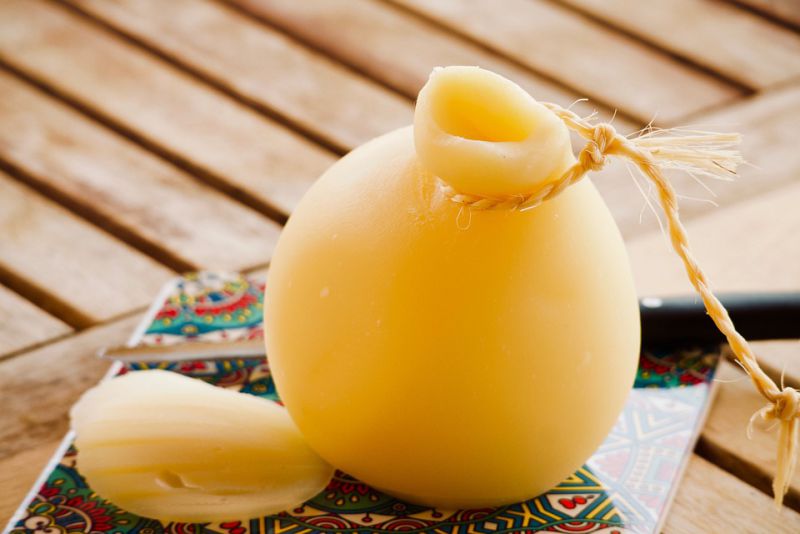
Casu marzu is a fascinating food that embodies the essence of traditional Sardinian cuisine. Not only is it made from a well-aged cheese, but the addition of live maggots adds an extra layer of complexity to this dish.
The cheese flies, or piophila casei, are critical to the production of casu marzu, as they play a vital role in breaking down the fats in the cheese and transforming it into the soft, creamy delicacy that it is known for. This breakdown process not only affects the texture of the cheese but also greatly enhances its flavor, giving it a tangy, pungent taste that is unlike any other cheese.
The production of casu marzu is a highly regulated process and is only permitted in certain areas of Sardinia. The cheese must be produced using traditional methods and must meet strict standards to ensure that it is safe for consumption. In fact, casu marzu is considered so unique that it has been granted protected geographical indication status by the European Union, making it a truly authentic Sardinian delicacy.
So, for those daring enough to try the weirdest foods, casu marzu is a must-try. Whether you prefer it with or without the maggots, there is no denying that this dish is a testament to the rich cultural heritage of Sardinia and the ingenuity of its people. From its unique production process to its bold flavor, casu marzu is sure to be a conversation starter and a memorable culinary experience.
8. Stargazey Pie

The world is home to a diverse range of cuisines, with each culture offering its own unique culinary creations. However, some weirdest foods can be considered quite unusual and strange to those who are not familiar with them. These weirdest foods can range from creepy crawlies to exotic meats, and can often evoke a range of reactions from disgust to fascination.
The shark is first gutted and beheaded, then hung to dry for several months. Another strange food is the Casu Marzu, a Sardinian cheese made from sheep’s milk that has been infested with maggots. The larvae actually help to break down the cheese and give it a unique flavor and texture.
In Japan, the dish of Fugu, or pufferfish, is considered a delicacy, but it also contains a lethal toxin that can only be prepared by licensed chefs. And let’s not forget the Balut, a Filipino dish made from a partially developed duck egg.
These are just a few examples of the weirdest foods that can be found around the world, and while they may not be for everyone, they offer a glimpse into the rich cultural heritage of different countries and their cuisine. So, if you’re brave enough, why not try something new and taste one of these strange but intriguing dishes for yourself?
9. Tuna Eyeballs
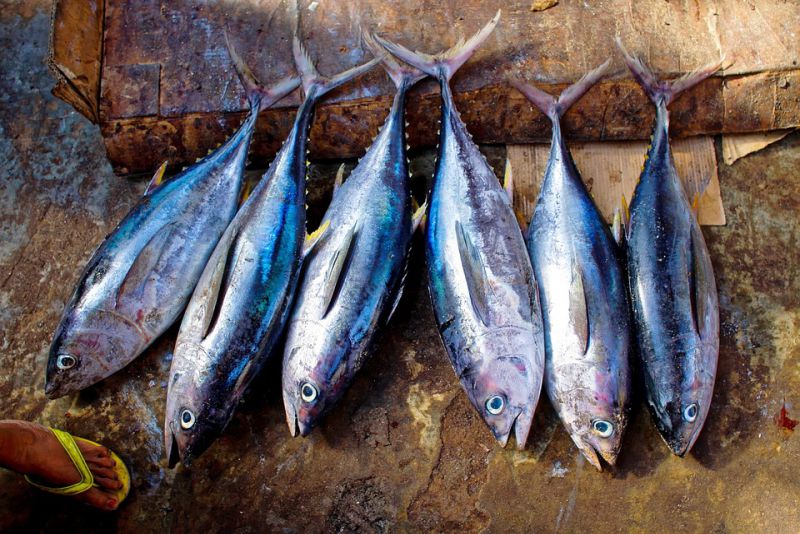
Japan is known for its unique culinary delights and one of the weirdest foods that you should add to your shopping list is tuna eyeballs. These fishy delicacies are readily available in local supermarkets and can be purchased at an affordable price. The preparation of tuna eyeballs is relatively simple, with the most common methods being boiling or steaming, and seasoning with garlic or soy sauce.
Contrary to popular belief, the taste of tuna eyeballs is not exactly like tuna, but rather resembles the taste of squid. These rubbery spheres are considered a delicacy in Japan, with many locals relishing the opportunity to savor their unique flavor. Whether you boil, steam, or season it, the taste of this weirdest food will surely tantalize your taste buds and provide an unforgettable dining experience.
10. Huitlacoche
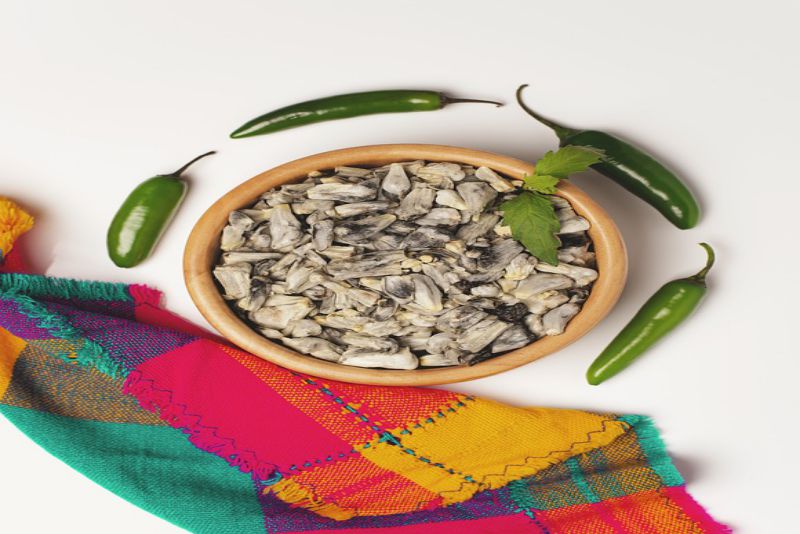
When it comes to food, everyone has different tastes and preferences. However, there are some foods that even the bravest of foodies might find strange or unusual. One such food is huitlacoche, also known as corn smut or Mexican truffle, a culinary specialty originating from Mexico.
At first glance, the idea of eating a disease-ridden corncob might not sound appealing. Despite its humble beginnings, the dish has been highly regarded for its unique and rich flavor, with many describing its taste as woody and earthy.
While huitlacoche might not be for everyone, it is worth noting that this weird food is not just an oddity, but a revered culinary tradition in Mexican cuisine. In Mexico, huitlacoche is considered a delicacy and is often used to add flavor to tacos, quesadillas, soups, and sauces. Its unique flavor profile makes it a sought-after ingredient, and the popularity of huitlacoche has even led to it being cultivated specifically for use in cooking.
So, if you’re feeling adventurous and want to try something new, give huitlacoche a try. It might just surprise you with its delicious and distinctive flavor. After all, who knows? You might just discover the next big food trend with one of the weirdest foods out there.

